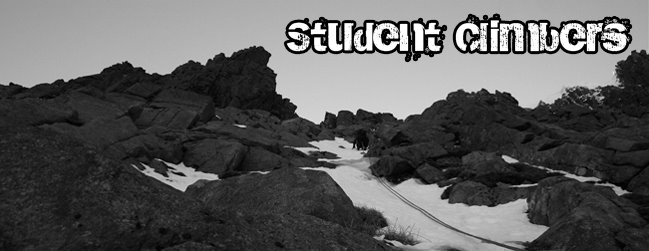This has created the discourse that routes on sandstone are always open to top-roping above soloing; by disregarding the adjective grade (VS, HVS, E1 etc) the routes become mere technical feats, the style of the ascent becomes unimportant. On the positive side, this grading has helped bring the climbs of the snobbish elite acceptably into the realm of your average climber who can just 'have a go' without worrying he is going to die at every route of the quarry. The obvious drawback of this, is that all the routes are top-ropes! All the joy and fear of the lead are quelled and the crag basically becomes an open-air indoor wall.
The Sandstone Outcrops of the Forest of Dean guide has tried to avoid this lack of seriousness, by not only giving these solos technical grades, but also an E grade which is largely based around the height of the route, where the crux is and how far the climber is likely to deck from. Personally, I think this is a better system as it allows space for the top-ropers to do there thing, but also gives credit where credits due, to the climbers who actually have the balls to solo these routes.
There are still some remaining ethical problems. E grades are given for the onsight grade of the climb; but the ethic of such solos ensures that most routes will be headpointed first. Should headpointed routes be given an onsight grade? This is a debate that is already raging around the climbing world at the moment, with many arguments flairing between different camps. Personally, I am inclined to agree with Neil Gresham article; ethical style should not be brought into route descriptions. There are enough problems already without imposing ethical perfections onto the vast majority of unassuming climbers. It will always be obvious that an E8 onsight carrys as much standing as a E9 headpoint.
Instead a hybrid system should be adopted, keeping the E grade but getting rid of the English tech and replacing it with the much better French grading combined with a letter symbolizing the nature of the route. It would look like thus: E2 (6b - R). I feel this should ideally be adopted for all future guidebooks as it provides a much more comprehensive description of what the climber is in for. In reality its not a big or urgent change I feel- having very little bearing on my level of climbing- but in the end it can only enrich our collective climbing experiences.



1 comment:
www.stonematrix.com
nice post really liked it.
Post a Comment